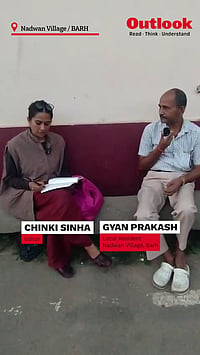When we envisaged this special issue on mining, there were huge yawns. The common perception was that the sector wasn’t interesting; in journalism jargon, it wasn’t sexy. However, when we researched the subject, we were surprised to find several exciting trends in the sector. In fact, mining was being modernised rapidly, and emerging as a new, 21st century operation. Technology, robotics, artificial intelligence, 3-D solutions, and automation were changing managements’ mindset and strategies, business models, operations, policies, and impact on the workers and local communities. Although there were grey areas, mining was no longer exploitative and manipulative. It was no longer a ‘sunset’ sector.
But there was an unusual ‘sunset’ trend. State-owned enterprises (SOEs), rather than large private miners, were at the forefront of exploration and production, both in their respective countries and overseas. Like what happened in the oil and gas sector in the past few decades, public sector managers, along with their governments, were re-shaping the mining landscape. Policy makers were pushing the SOEs to spend more to expand domestic production, and buy global assets. Thus, the SOEs were slowly, but steadily, becoming the new MNCs with international footprints. The faceless managers were initiating jaw-dropping transformation.
Local communities were no longer being treated like herds of people that had to be dealt with. Governments had initiated laws to set up huge funds to deal with the issues of their displacement and rehabilitation. Both private and public miners focussed exceedingly on CSR activities to empower these communities. The operations were being streamlined in a manner so that after the exhaustion of the mines in 20-50 years, the areas were left in almost pre-mining conditions. Hence, the displaced communities could come back to their original habitats, if they wished to do so.
On the policy front, several new ideas were being discussed. There were talks about leasing the land to the miners, rather than asking them to acquire it. Thus, instead of paying huge market prices, they needed to pay attractive regular rentals to the property owners. To further ease land acquisition, the government could remove all encumbrances associated with the land, or give clarity about the state of the land (encroached, tribal, forest area, etc). Successful explorers of new mines could be given the first right of refusal to mine, or compensated in case they lost out in the auctions.
Let us not go on and on. This is an opportune time for the readers to now turn the pages, and enjoy the new, almost-fantastical world of mining as much as we did. Over to you, dear reader!


























